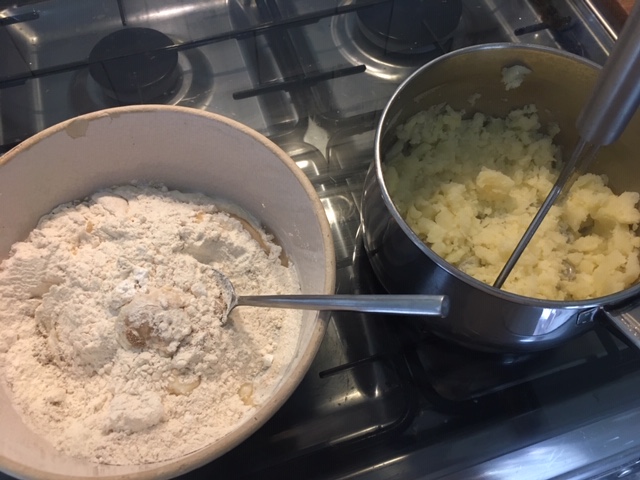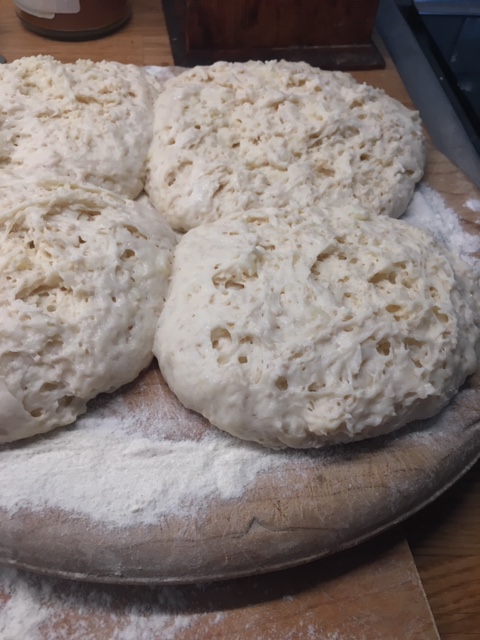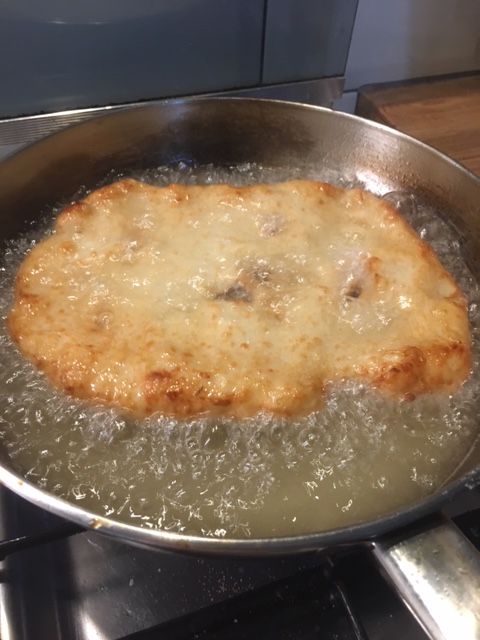I’ve mentioned previously the long trek from Liverpool to Hungary undertaken every summer by my family and I. Three to four days in a non air conditioned car, fighting with my sisters, shouting at my father to NOT overtake on a blind bend as we drove through various mountain passes, waving at other GB stickered cars and all to the soundtrack of extremely loud opera with an occasional segue into Boney M. Our usual destination was Balatonlelle – where the Hungarian contingent had several holiday flats, one of which was always made available for us. It was basic accommodation, akin to indoor camping but the big draw was being on the shore of Central Europe’s largest freshwater lake.
Known as the Hungarian Sea, this huge lake provided the main focus for tourists from beyond the Iron Curtain. British tourists were something of anomaly amongst the Rumanians, East Germans, Poles and Yugoslavs who thronged the Balaton resorts during July and August. As Brits we also had to register with the police. Yes. Everywhere we travelled in Hungary, we had to take our passports to the local police station and register that we were staying in the town. My sisters and I stuck out for another reason. Daughters of a Scotswoman, we inherited paper white skin and in my case, red hair, and a tendency to freckles. Hungarians were fascinated by us, calling us kis fehér papír lányok – little white paper girls. Our novelty factor stood us in good stead though when it came to queuing up for lángos – we were inevitably ushered to the front of the line. We loved lángos. That, and traubisoda (a Hungarian white grape fizzy drink), were the two things we HAD to have on holiday.
Lángos is a thing of beauty. It’s a fried yeasted flatbread, sprinkled with salt and smothered in garlic. Light and fluffy, savoury and rich, it can be eaten as is or if you really want to head for heart attack territory (we’re Hungarian, of course we bloody do), pile on sour cream and shredded cheese. I personally like to add a little pickled gherkin and some of the pickle juice. It’s like having a giant salt and vinegar crisp but better. Much better. Of course Hungarians don’t have the monopoly on this delicacy, a version can be found in Austria, Transylvania, Romania, Slovenia and Serbia, although all having being part of the Austro-Hungarian Empire previously we’ll totally take the credit. But Lángos has its origins much further back in Hungarian history, and is a legacy of 158 years of Ottoman Turkish rule in the 15th & 16th C. Lángos isn’t the only culinary delicacy we picked up from our Ottoman rulers, they introduced us to paprika, peppers, tomatoes, yogurt, paper thin pastry and thick black coffee.
I’ve been trawling back through Hungarian and Turkish recipe books to see if I could find a definitive recipe but as you would expect, there’s an infinite variety out there, from lalangal (made with egg, yogurt and cheese), bazlama (a yeasted flatbread baked on a hot stone), gözleme (a yeast dough brushed with oil and covered in toppings), lángos (made with flour, yeast and milk), and krumpli lángos (made with flour, potato, yeast and milk). I’m not sure at what point lángos became a fried dough as opposed to a baked one but I wonder if the Jewish traditions of making latkes and chremslach (both a potato based fried pancake dough) may have been an influence. In any case, I have a preference for the krumpli lángos, as I think the mashed potato adds an extra fluffiness and flavour to the dough.
Krumpli lángos
I made this the morning after Liverpool FC won a 6th European Champions Cup. I may have had a celebratory drink or two and lángos offer the perfect hangover cure… plus also my Papi was a die-hard 40+ year season ticket holder at Anfield so it seemed fitting. This makes 4 naan bread size lángos – you will need a friend or two to help eat, they are gloriously filling.
225 g plain flour into a bowl, with 1 tbsp sunflower oil, 1 tsp sugar, 3/4 tsp salt, 2.5 tsp instant yeast (I also chucked in a tbsp of sourdough starter), 125 ml of dairy – you can use milk, yogurt or as I did, kefir and finally 1 large baking potato – cooked, then peeled, mashed and kept warm before mixing it all together. I don’t have a dough hook, so I did this all by hand – as long as you wet your fingers and work quickly, it doesn’t get too claggy. It’s a pretty wet dough – not dissimilar to focaccia, and doesn’t take very long to come together.
Form into a rough ball, cover and leave somewhere warm until it doubles in size. Takes about 1/2 hour or so. Scrape out on to a floured board and divide into 4. Flour your hands and shape the dough into 4 balls. Cover again and leave to rest for 20 minutes. Heat about an inch of sunflower oil in a deep frying pan – test the temperature by pinching off a bit of dough and chucking it in – if it starts to fizz, it’s hot enough. Take a ball of the dough and roughly flatten it into an oval shape. Make a few cuts into the dough, this helps stop the bread puffing up too much in the middle and not cooking through.
Flip into the pan, carefully!! It will fry very quickly and puff up almost immediately. Cook one lángos at a time, turning over after 2 minutes and cooking til both sides are dark golden. Drain and pop on kitchen towels to blot off excess oil. Rub with a garlic clove and sprinkle with salt. EAT! You can, if you prefer, sprinkle with sugar instead for a sweet version. And maybe not use the garlic….








Wonderful memoir. Wonderful sounding recipe.
I don’t havesSour dough starter to hand (don’t do that much baking) Is that going to be a problem?
LikeLike
No absolutely not. I just happened to have some to hand. Add another tsp of the dried yeast and you’ll be fine. Thank you for the nice comment!
LikeLike